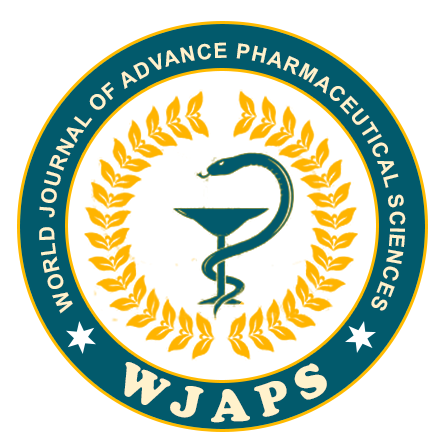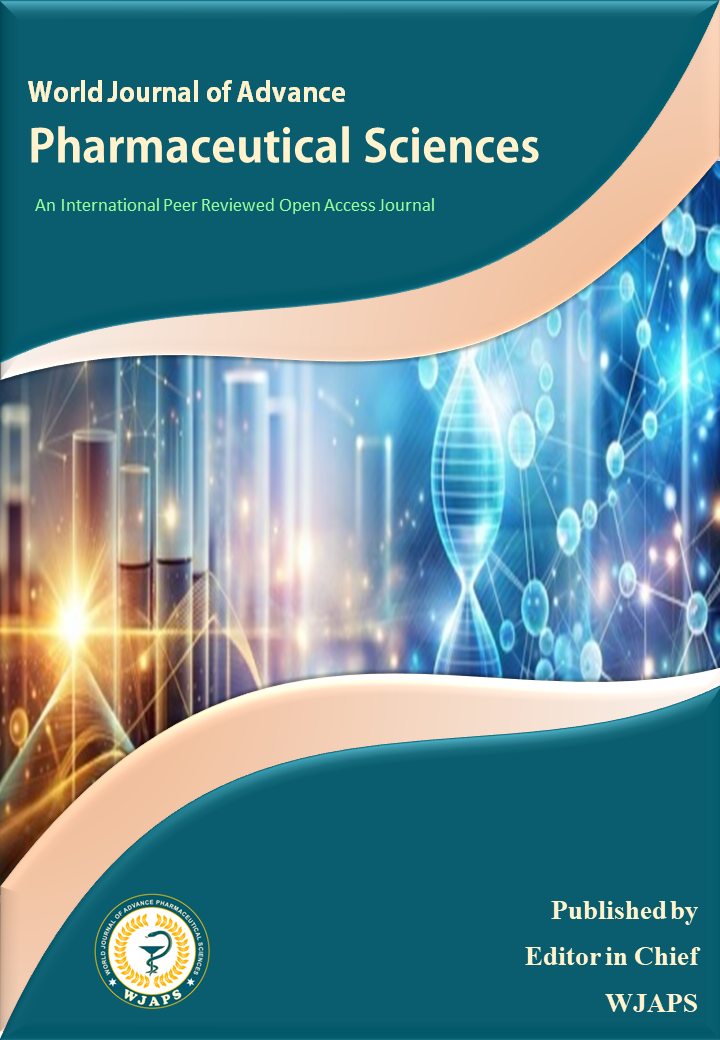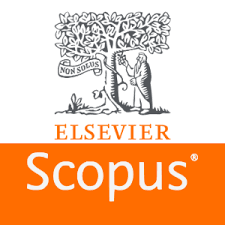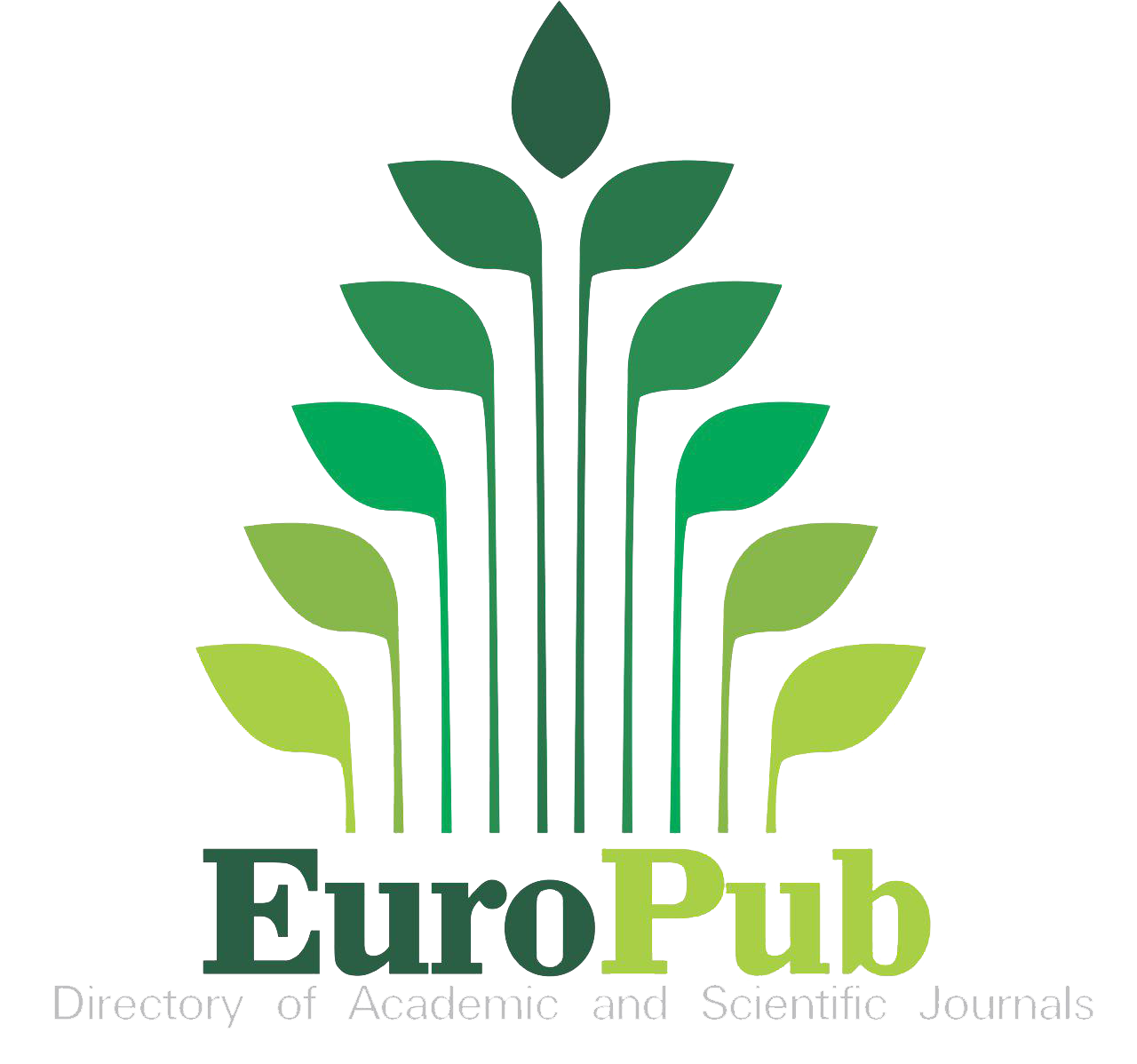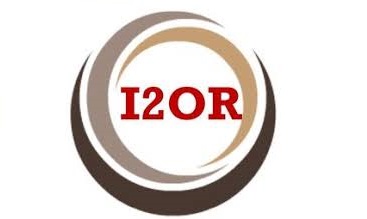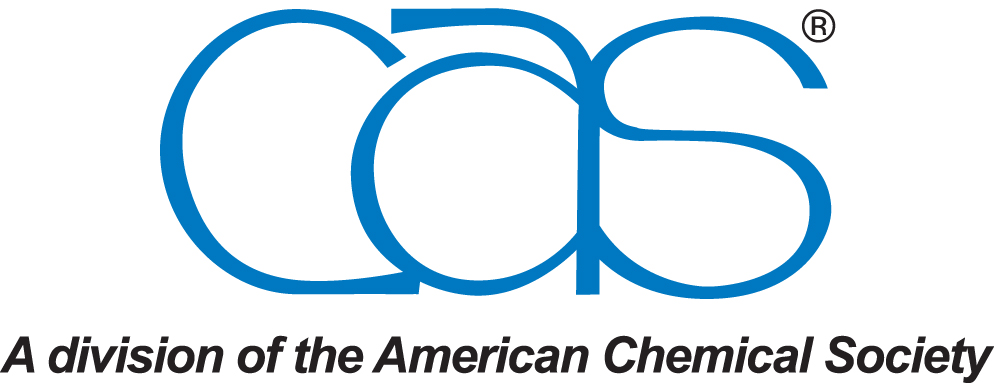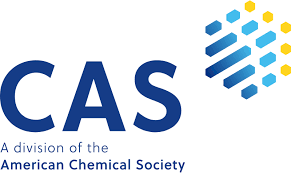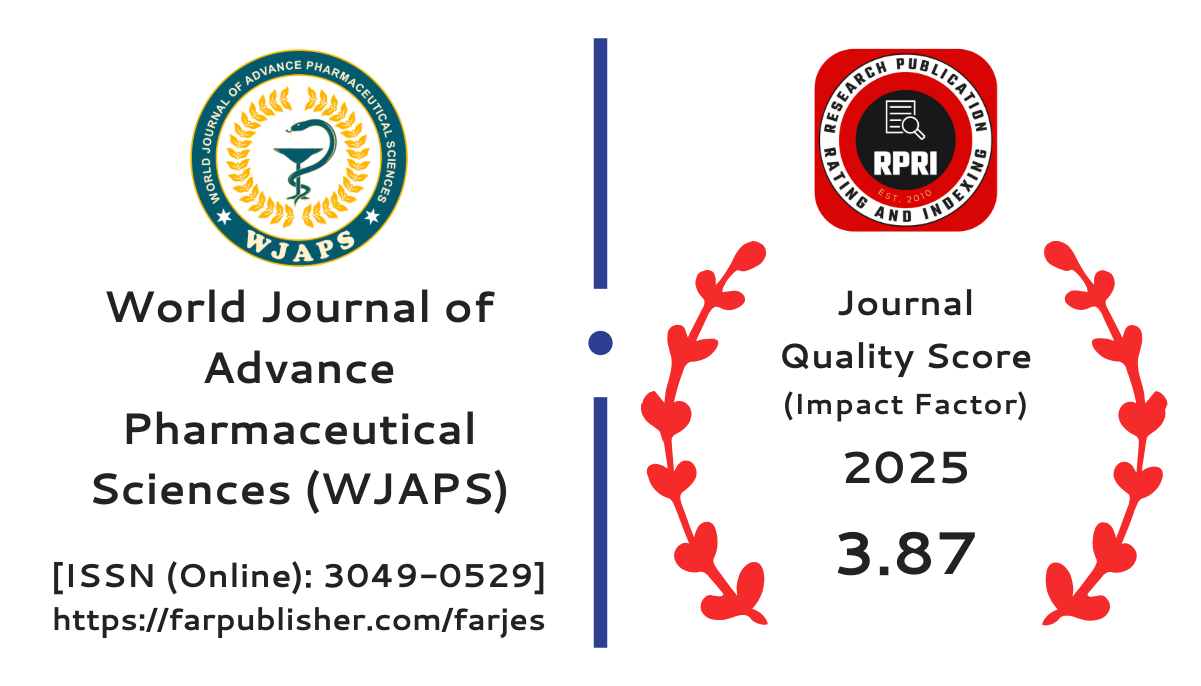DESIGN AND EVALUATION OF BENZYL- AND DODECYL-BASED QUATERNARY AMMONIUM COMPOUNDS AS POTENTIAL COSMETIC PRESERVATIVES
Sejal S. Gaikwad, Shravani R. Veladi, Tanaya R. Thombare, Sanika P. Sawant, A. R. Chaudhari*, V. L. Salode and K. B. Gabhane
This study presents the synthesis, characterization, and biological evaluation of two novel quaternary ammonium compounds (QACs): Benzyltrimethylammonium chloride (QAC-1) and Dodecyltrimethylammonium bromide (QAC-2), with a focus on their potential as cosmetic preservatives. QAC-1 and QAC-2 were synthesized via alkylation reactions and characterized by FTIR spectroscopy, which confirmed the presence of key functional groups such as C–H stretching and N⁺–CH₃ vibrations. Theoretical and practical yields were calculated, with QAC-1 showing a significantly higher yield (78.08%) compared to QAC-2 (39.99%). Antibacterial activity was assessed using the cup plate method, where QAC-1 exhibited a larger zone of inhibition (4.0 cm) than the standard cetrimide (3.5 cm), while QAC-2 showed moderate activity (3.2 cm). Compatibility studies with common cosmetic excipients revealed good stability of both QACs with hydrophilic substances like glycerin and propylene glycol, whereas lipophilic excipients such as stearic acid and cetyl alcohol led to phase separation or precipitation. These findings highlight QAC-1 as a promising candidate for application as a novel cosmetic preservative, particularly in water-based formulations. Further toxicological and formulation studies are recommended to explore their full potential.
[get full article]